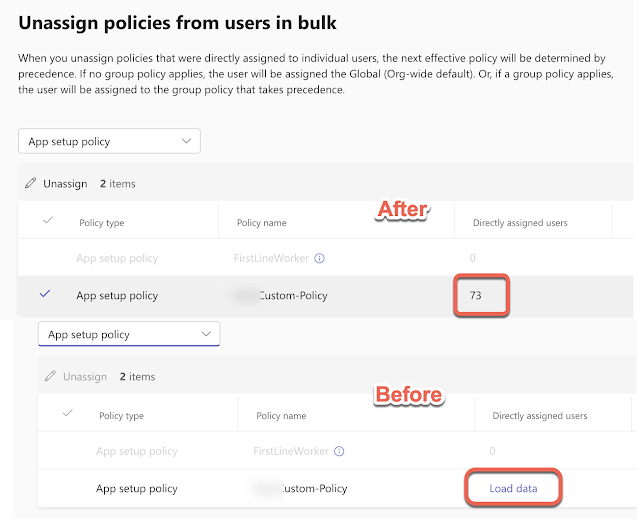When using Teams Calendar in the client to create a meeting/invite, an Online Meeting is automatically generated. However, with the release of MC535261, Microsoft now offers the option to create an Offline Teams meeting.
If you use Microsoft Teams for your work you might want to use it for your personal appointments and breaks as well. This way, you can keep track of your schedule and avoid conflicts with your professional commitments. However, you might not want to create online meetings for these events, since they are not meant to be joined by others.
To create an offline event in Teams, you need to turn off the online toggle when setting up calendar events in Teams Calendar. Here are the steps to do so:
1. Open Microsoft Teams and go to the Calendar tab on the left side of the app.
2. Click on New meeting in the top right corner or select a range of time in the calendar.
3. Fill out the details of your event, such as the title, date, time, and attendees (if any).
4. Uncheck the box next to the Online meeting.
5. Click on Save.
You have now created an offline event in Teams that will not have a meeting link, a chat thread, or any other online meeting features. You can still edit or delete the event from your calendar if needed.
Creating offline events in Teams can help you manage your personal time and avoid distractions from online meetings. You can use this feature for personal appointments, lunch break slots, and more.



























